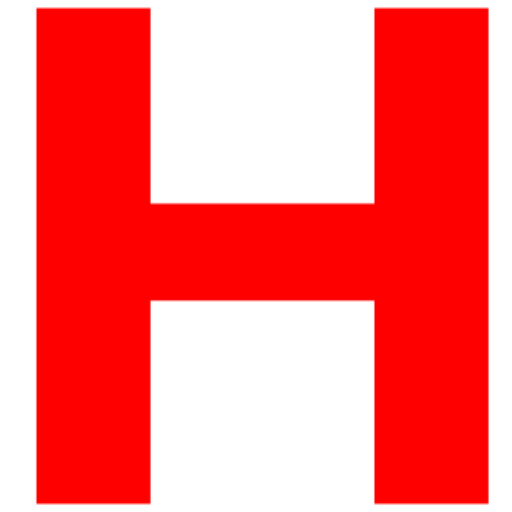Honda has announced that future electric vehicles from both Honda and Acura will adopt Tesla’s North American Charging Standard (NACS) charging port, giving them access to Tesla’s extensive Supercharger network. This strategic move will significantly expand charging options for Honda EVs starting in 2025 or 2026.
Related News:
- Honda Type R badge
- Acura July 2023 sales report
- 2023 Honda Pilot earns IIHS Top Safety Pick
- Honda Accord midsize sedan IIHS safety test 2023
- Honda safest SUV
Honda, Acura EVs will adopt Tesla’s NACS charging port
Table of Content
Honda made the announcement on Friday that Honda, Acura EVs will adopt Tesla’s NACS charging port, which uses the same proprietary connector that Tesla vehicles use for DC fast charging. By switching to the NACS standard, future Honda and Acura EVs will be compatible with Tesla’s vast Supercharger network in North America.
Why Honda is switching to NACS
According to Honda/Acura officials, adopting Tesla’s NACS charging port is quite important for the future as more automakers make the switch to increase charging accessibility for their EVs. NACS will allow Honda EVs to tap into Tesla’s large Supercharger network, which is considered the gold standard for reliability and convenience.
Honda’s next two EVs, the 2024 Honda Prologue SUV and 2024 Acura ZDX SUV, will still use the CCS standard due to sharing GM’s Ultium platform. But Honda says models launching in 2025-2026 will switch to NACS.
“We clearly depend on GM,” said Shinji Aoyama, EVP of Honda Motor Co. “Once they [switch to NACS], this will follow for ZDX, as well.”
Widespread industry adoption of NACS
Honda is joining other automakers like Ford and Mazda in announcing plans to adopt Tesla’s NACS charging port. The goal is to reduce charging confusion and increase charging options for EV drivers. Tesla’s vast Supercharger network is seen as the gold standard, so automakers want their EVs to be compatible.
“It is quite important,” said Noriya Kaihara, President/CEO of American Honda. “We also have to push NACS, as well. It is clear.”
By switching to NACS, Honda EVs will gain access to over 40,000 Tesla Superchargers worldwide. This will significantly expand DC fast charging options for Honda drivers.
Honda’s future charging network
In addition to adopting NACS, Honda is part of a joint venture with 7 other automakers to install over 30,000 EV fast charging stations across the US and Canada.
While still in development, Honda says the network will focus on:
- Reliable, open software communication between EVs and chargers
- High-speed charging capabilities
- Secure, reliable, accessible charging stations
“If you look at what’s so great about the Tesla Supercharger network, it’s the maintenance,” said Jay Joseph, VP of Honda. “They stay on top of it, they’ve got someone onsite monitoring the equipment, they’re monitoring it electronically and remotely, and they fix it – fast. That’s probably the most important thing.”
Adopting NACS will allow Honda EVs to tap into Tesla’s well-maintained network while the new joint chargers are built out.
Benefits of the NACS standard
Switching to Tesla’s NACS charging port offers several benefits for Honda EVs and owners:
Expanded fast charging access
The key advantage is access to Tesla’s extensive Supercharger network, with over 40,000 stations worldwide. This dramatically expands DC fast charging options for Honda EV drivers.
No longer limited to just CCS stations, NACS allows charging at the largest, most reliable fast charging network. Tesla’s Superchargers set the standard for speed, convenience and reliability.
Reduced charging confusion
Having a standardized NACS port across automakers will reduce confusion around charging for EV owners. Right now, different ports and standards can make public charging frustrating.
With widespread adoption of NACS, the charging experience will be simplified. Drivers don’t have to hunt for a compatible charger.
Increased charging speed
Tesla’s NACS standard supports charging speeds up to 250 kW, which can add hundreds of miles of range in under an hour. This enables faster charging on road trips.
As charging speed increases across networks, Honda EVs with NACS will be able to take advantage of ultra-fast charging, future-proofing the vehicles.
Seamless charging experience
Tesla’s Supercharger network sets the standard for convenience with well-maintained stations and real-time monitors. Drivers can easily monitor stall availability and get notified when charging is complete.
By adopting NACS, Honda EVs will benefit from Tesla’s seamless, hassle-free charging experience. This perk is a major factor behind the automaker’s decision to switch.
Challenges and criticisms
While adopting Tesla’s NACS charging port offers clear benefits, the move does come with some challenges and criticisms:
Potential for charger congestion
With non-Tesla EVs allowed to use Superchargers, there is potential for increased congestion and wait times as utilization increases. However, Tesla does plan to significantly expand the network.
Stranded CCS asset investments
Automakers have invested heavily in CCS-standard chargers that will now see reduced utilization. However, CCS will still be the standard for slower Level 2 charging.
Residual resistance to non-Tesla vehicles
Some Tesla owners may resist the change and feel increased Supercharger crowding defeats the purpose of their purchase. Tesla can implement safeguards like temporary price hikes to discourage overuse.
Perception of Tesla “dominance”
Requiring automakers to adopt Tesla’s proprietary standard can be seen as handing too much influence to one company. However, the industry-wide shift shows most view NACS as beneficial overall.
Conclusion
The move to Tesla’s NACS charging standard by Honda, Acura and other major automakers will significantly expand fast charging options for EV drivers. With access to Tesla’s vast Supercharger network, charging will become more convenient and seamless. This will bolster Honda’s upcoming lineup of electric vehicles and boost EV adoption overall. Despite some challenges, standardizing on NACS offers clear benefits that will shape the future of electric vehicle charging.

